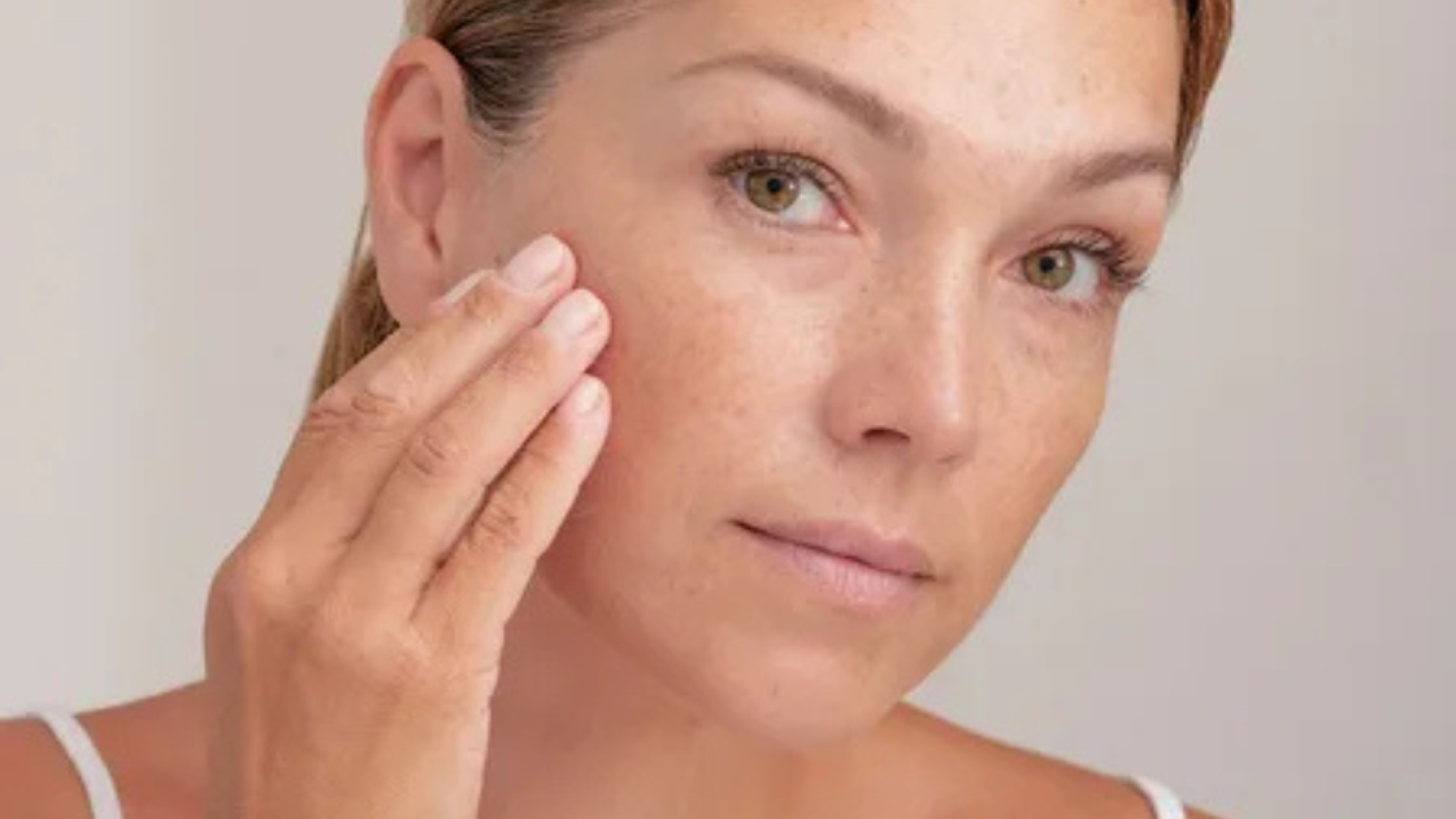Melasma is a common skin condition that causes dark, patchy spots to appear on the face. These patches usually show up on the cheeks, forehead, upper lip, and nose. It’s not dangerous, but it can be frustrating for people who have it. Melasma affects millions of people worldwide, and it’s especially common in women and people with medium to dark skin tones. It often shows up during pregnancy or when people take birth control pills or hormone therapy. This condition is tied closely to hormones, sunlight, and even stress. Let’s explore everything you need to know about melasma, why it appears, how it’s diagnosed, and the best ways to treat it.
What Is Melasma?
Melasma causes brown or gray-brown patches on the skin. It usually appears on the face but can also show up on the neck or arms. The patches are flat and don’t hurt or itch. It’s mostly seen in women, especially between the ages of 20 and 40. Men can get melasma too, but it’s less common. Melasma often starts during pregnancy, which is why it’s sometimes called “the mask of pregnancy.”
What Causes Melasma?
Melasma doesn’t have one single cause. Instead, it’s a mix of things happening in your body and your environment. Sunlight is one of the biggest triggers. Ultraviolet (UV) rays and even visible light from the sun can make melasma worse. Hormones also play a huge role. Pregnancy, birth control pills, and hormone replacement therapy can all lead to melasma. If you have a family member with melasma, you’re more likely to get it too. Some skincare products or medications may also irritate the skin and trigger melasma. Stress and thyroid problems are also linked to this condition.
How Is Melasma Diagnosed?
A dermatologist usually knows if you have melasma just by looking at your skin. Sometimes they use a special light called a Wood’s lamp to see how deep the pigment goes into your skin. In rare cases, a small skin sample might be taken to make sure it’s not something else. The main goal is to figure out if the pigment is in the top layer of skin (epidermal), deeper in the skin (dermal), or a mix of both.
Melasma Treatment Options
Treating melasma can take time, and sometimes the patches come back. The good news is there are many ways to fade the dark spots and keep new ones from forming. Here are the most common treatments:
Sun Protection
Wearing sunscreen every day is a must. Use one with SPF 30 or higher, and make sure it’s a broad-spectrum sunscreen that protects against both UVA and UVB rays. Tinted sunscreens are great because they also block visible light. Wearing hats and staying in the shade also help.
Topical Treatments
Doctors often suggest creams or gels that lighten the skin. One of the most common is hydroquinone. Other helpful ingredients include tretinoin, azelaic acid, kojic acid, and vitamin C. Sometimes, these ingredients are mixed into one product for better results. These creams work slowly and should be used regularly.
In-Clinic Procedures
If creams don’t work well enough, there are other options. Chemical peels use special acids to remove the top layer of skin, which can help fade melasma. Microneedling is another treatment where tiny needles are used to boost collagen and let skin products go deeper. Lasers and light treatments can also help, but they need to be used carefully. Sometimes they can make melasma worse if not done right.
Oral Medications
Some doctors prescribe oral tranexamic acid to help with stubborn melasma. It’s not for everyone, and it has to be taken under medical supervision. Supplements with antioxidants may also help by protecting the skin from sun damage and lowering inflammation.
How Long Does It Take to See Results?
Treating melasma takes patience. Some people see results in a few weeks, but for most, it takes three to six months or more. Even if the patches fade, they can come back. That’s why it’s important to keep up with your treatment and wear sunscreen every single day. The key is being consistent and gentle with your skin.
Skincare and Lifestyle Tips for Better Results
Having a simple and gentle skincare routine can make a big difference. Use a mild cleanser, a good moisturizer, and sunscreen every morning. Avoid scrubbing or using harsh products. Eating healthy foods that are rich in antioxidants, like fruits and vegetables, may help your skin. Try to manage stress with sleep, exercise, or relaxation techniques like yoga. Makeup can help cover melasma, but make sure it’s non-irritating and easy to remove.
When to See a Dermatologist
If your melasma isn’t improving or is getting worse, it’s a good idea to see a dermatologist. They can suggest stronger treatments and make sure you’re not dealing with a different skin problem. A professional can also help you build a plan that works for your skin type and lifestyle.
Melasma FAQs
Can melasma go away on its own?
Yes, sometimes it fades on its own, especially if it’s caused by pregnancy or a medication that’s no longer being used. But often it needs treatment.
Does melasma come back after treatment?
It can come back, especially if you stop using sunscreen or are exposed to sunlight. Maintenance is key.
Are there natural remedies for melasma?
Some people try natural treatments like aloe vera or turmeric, but these don’t work as well as medical treatments and may irritate the skin.
Can men get melasma?
Yes, men can get it too, though it’s more common in women.
Is melasma harmful?
No, it’s not dangerous or a sign of something serious. But it can affect confidence and self-esteem.
Final Thoughts
Melasma may not be harmful, but it can be hard to deal with. Understanding what causes it and how to treat it gives you more control. The best way to handle melasma is a mix of daily sun protection, the right skincare, and possibly professional treatments. Stick with your plan, be patient, and know that improvement takes time. For expert advice and advanced care options, clinics like Resilience Laser and Skin Solutions offer personalized treatments that make a difference. Always remember: clear skin is a journey, not a race.



Leave Your Comment